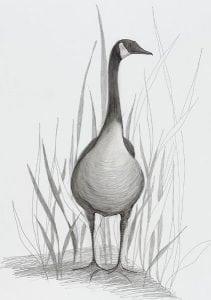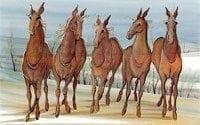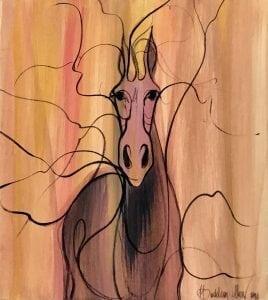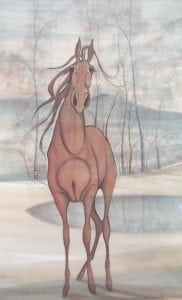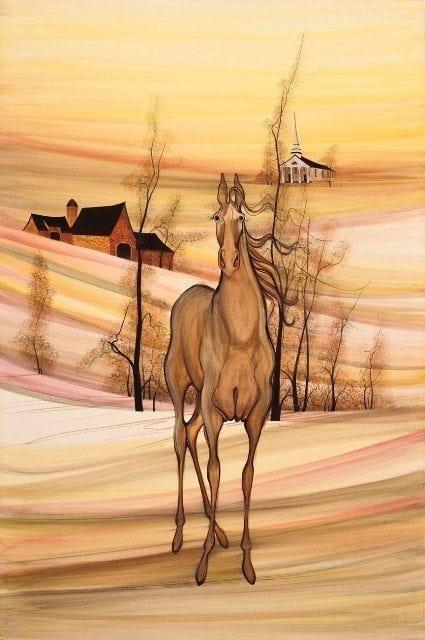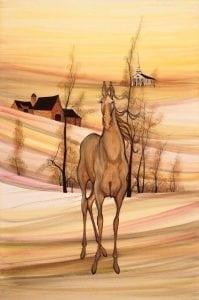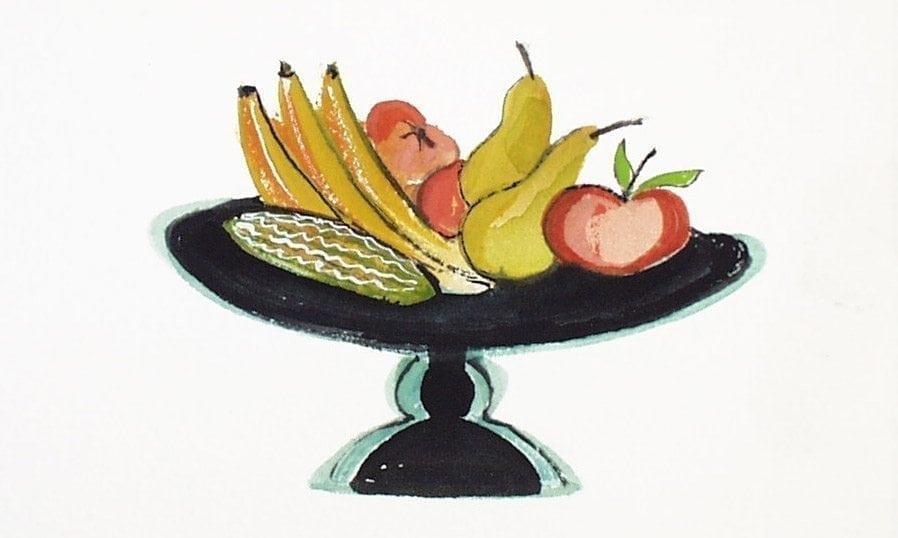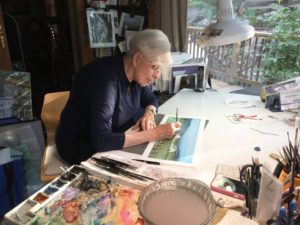 “I did something when so many told me I wouldn’t amount to anything,” said P. (Patricia) Buckley Moss, a name painter based in Blacksburg, Va. “I am still doing and never gonna stop.”
“I did something when so many told me I wouldn’t amount to anything,” said P. (Patricia) Buckley Moss, a name painter based in Blacksburg, Va. “I am still doing and never gonna stop.”
Besides being known for her paintings of rural landscapes and life in the Shenandoah Valley of Virginia, Moss has become the voice of the underdog. She is also a breast cancer survivor; cancer free 33 years.
This is Moss’ way of giving back to women who need it the most, through an organization (PALS — Positive Attitude Love and Support) that is focused 100 percent on healing women.
Moss is equally known for her dedicated work with special education groups and her donations to children-related charities. She gives much of her time and effort to helping others.
“Charity auctions are important to her,” said Maria Bereket, social media marketing coordinator. “Her foundation (The Moss Foundation) takes the money they receive and supports teachers and students who help learners who learn in different ways. Half of the proceeds from the quilt auction will go to the Moss Foundation. The other half goes to PALS because Pat survived breast cancer, and like her learning disabilities, she overcame cancer. Her art has given her the voice not only to be creative but also a means and a vehicle to support and help others.”
Patricia Buckley’s grew up in the Richmond Borough of New York City (now known as Staten Island). Although viewed as a poor student due to dyslexia, a grade school teacher said Pat was artistically gifted. Her mother enrolled her in the Washington Irving High School for the Fine Arts, in Manhattan, where her artistic abilities were nourished.
In 1951 she received a scholarship to New York’s Cooper Union for the Advancement of Science and Art where she spent four years specializing in fine arts and graphic design. Then Buckley married Jack Moss, a chemical engineer.
In 1964, Jack took his family, with their sixth child soon to be born, to the Shenandoah Valley of Virginia. Pat loved the rural scenery and respected the intense religious Amish and Mennonites. She integrated this into her art.
The first PALS support group meeting was March 18, 1991. In 1993 PALS approached Laura DeRamus, owner of the Canada Goose Gallery that has the country’s largest inventory of Moss Art, requesting that they team up with P. Buckley Moss to do fund raising for their support group.
PALS for Life support group meetings are held the third Monday of the month at 6:30 p.m. Call Joan Schuermann 937-435-1923 or Lois Keil 937-299-0257.
Dayton Daily News – Shirley Belcher
October 2016
Source: http://www.daytondailynews.com/lifestyles/renown-painter-cherishes-her-pals/3VoaN0hGU7tM9mPZDLB9vL/
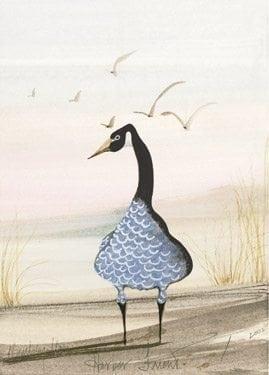
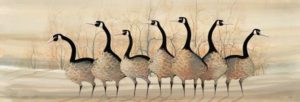
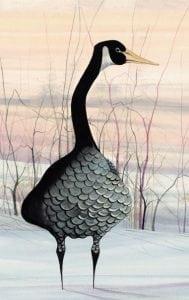 As each goose flaps its wings it creates an UPLIFT for the birds that follow. By flying in a ‘V’ formation the whole flock adds 71 percent extra to the flying range.
As each goose flaps its wings it creates an UPLIFT for the birds that follow. By flying in a ‘V’ formation the whole flock adds 71 percent extra to the flying range.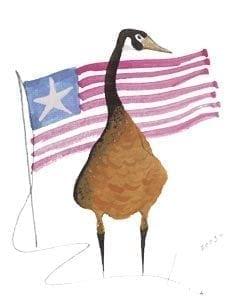 When a goose falls out of formation it suddenly feels the drag and resistance of flying alone. It quickly moves back to take advantage of the lifting power of the birds in front.
When a goose falls out of formation it suddenly feels the drag and resistance of flying alone. It quickly moves back to take advantage of the lifting power of the birds in front. When a goose tires of flying up front it drops back into formation and another goose flies to the point position.
When a goose tires of flying up front it drops back into formation and another goose flies to the point position. When a goose gets sick, two geese drop out of formation and follow it down to the ground to help and protect it.
When a goose gets sick, two geese drop out of formation and follow it down to the ground to help and protect it.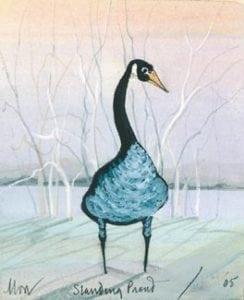 Geese flying in formation ‘HONK’ to encourage those up front to keep up with their speed.
Geese flying in formation ‘HONK’ to encourage those up front to keep up with their speed.